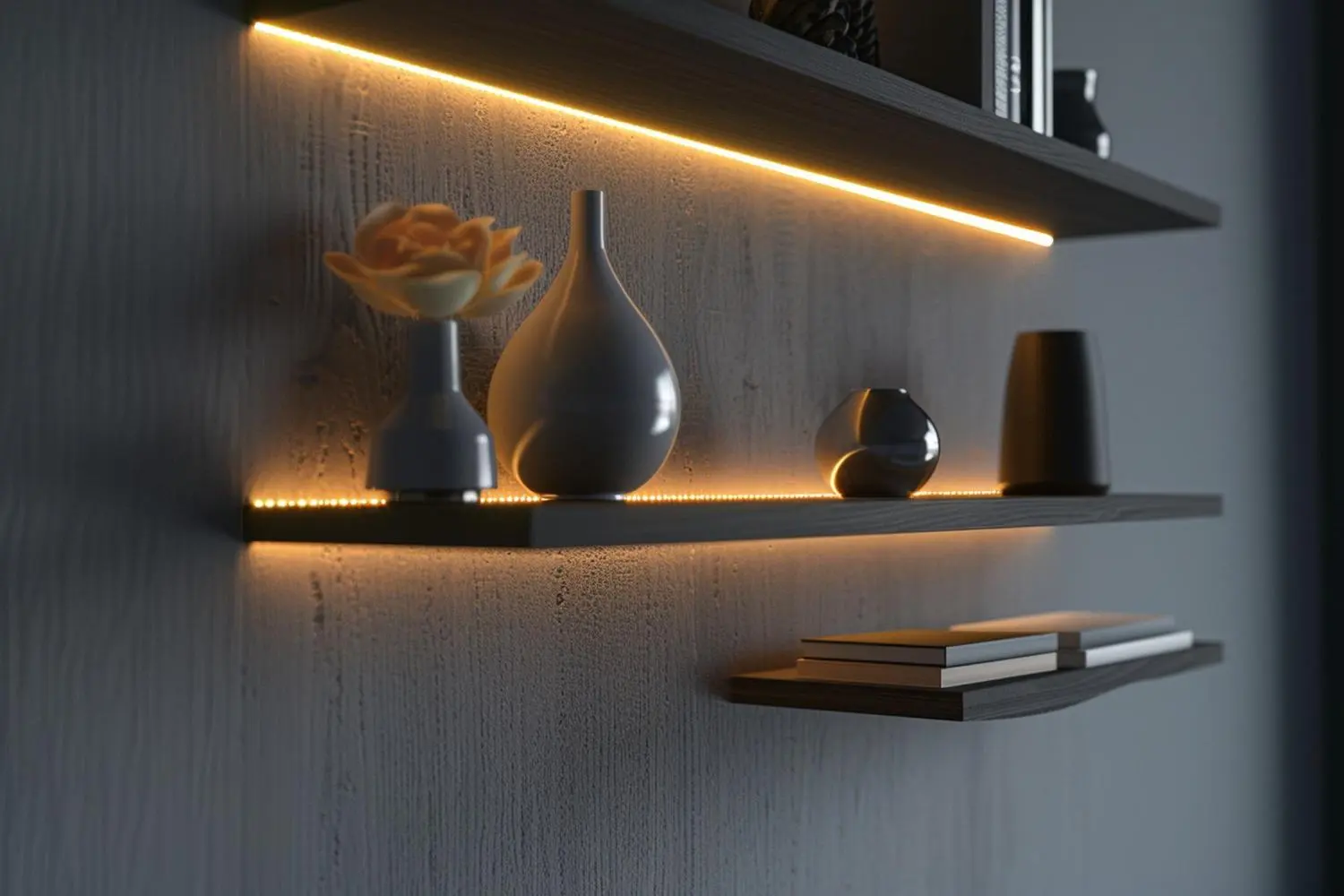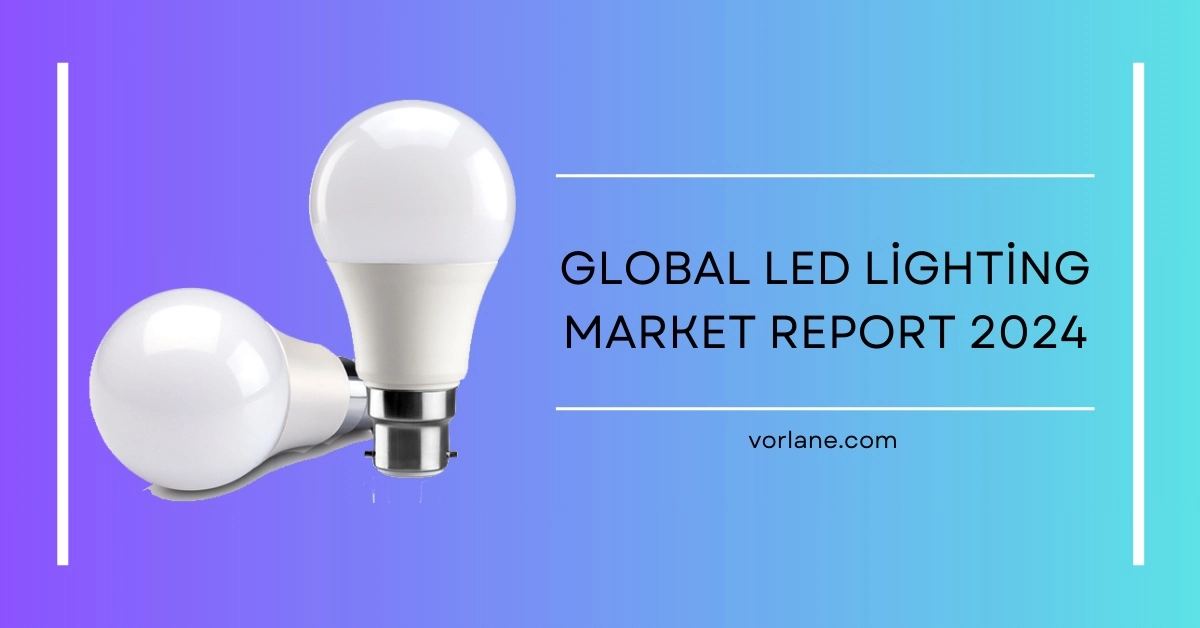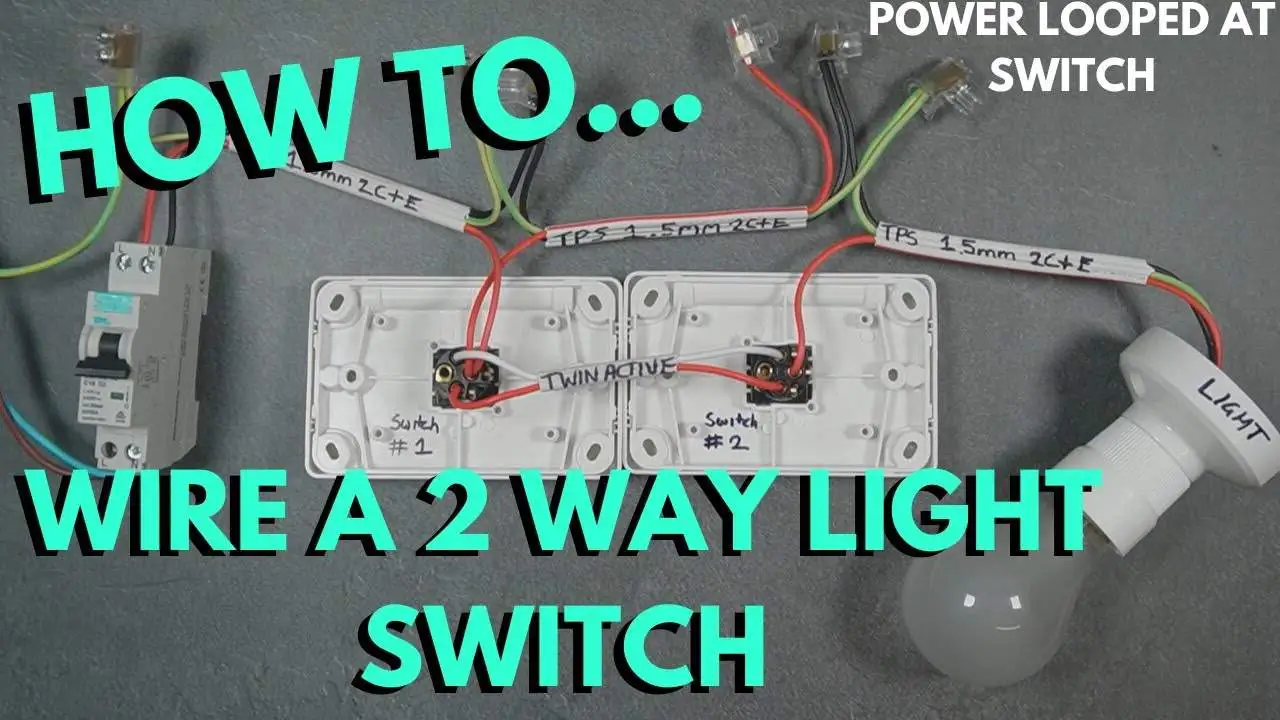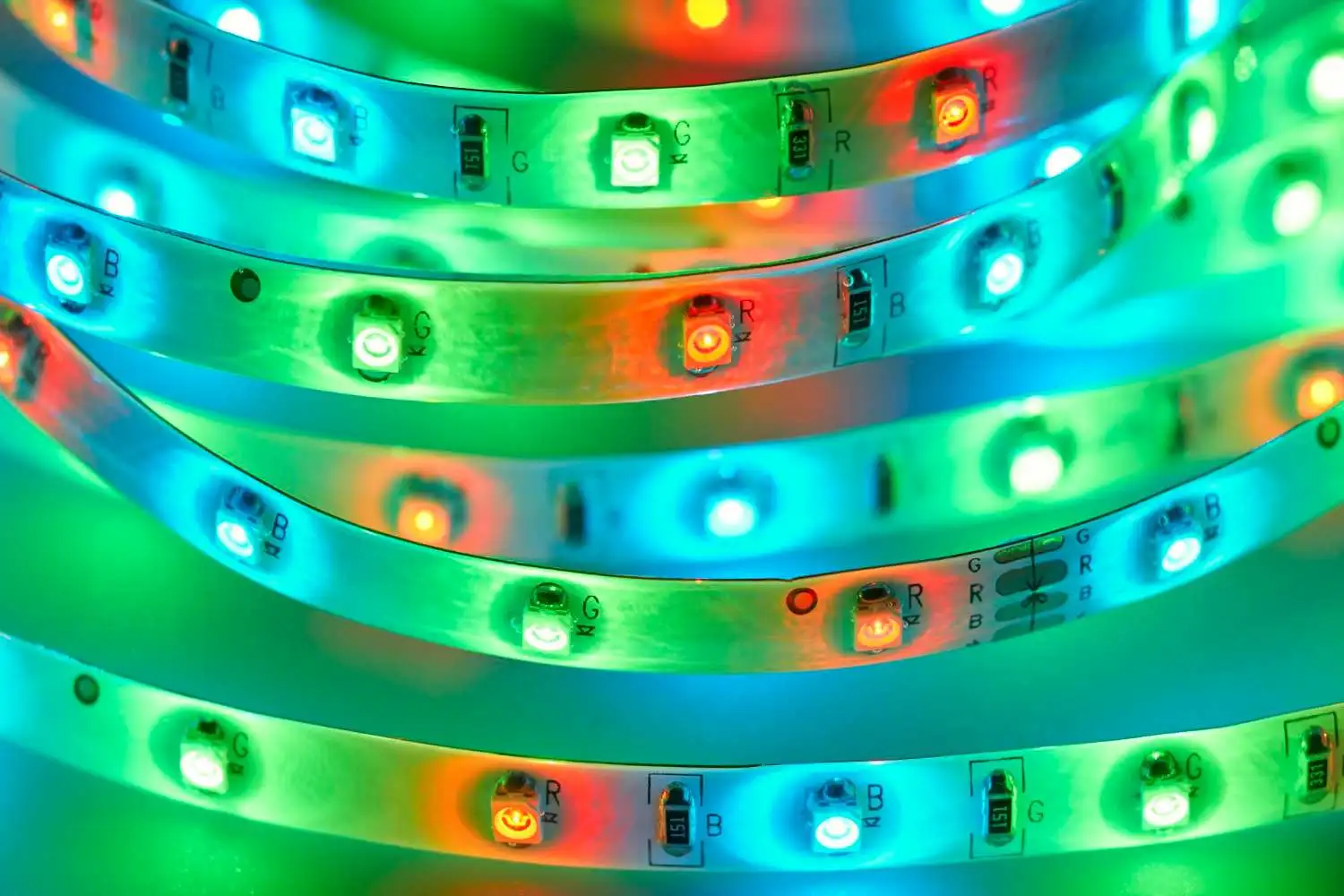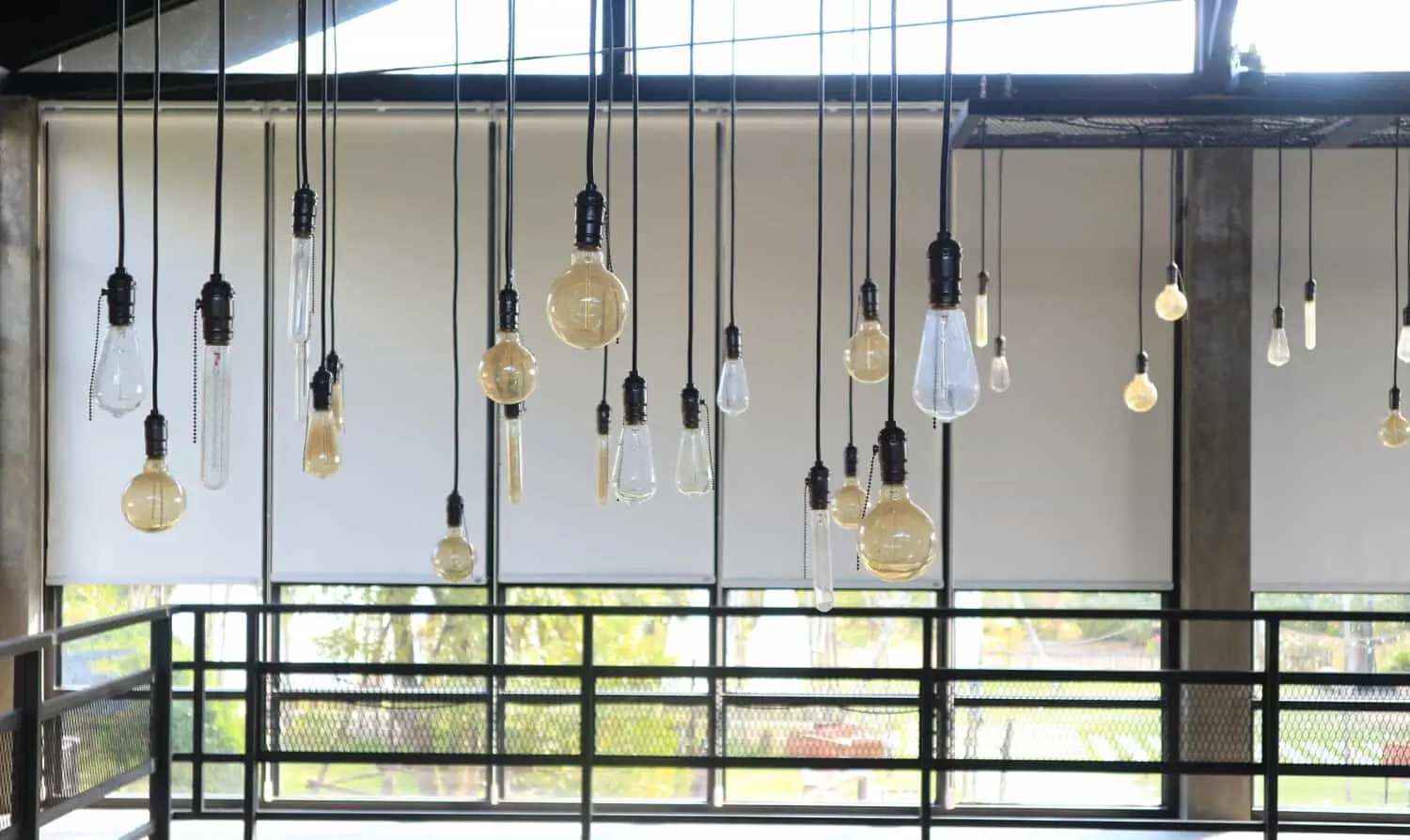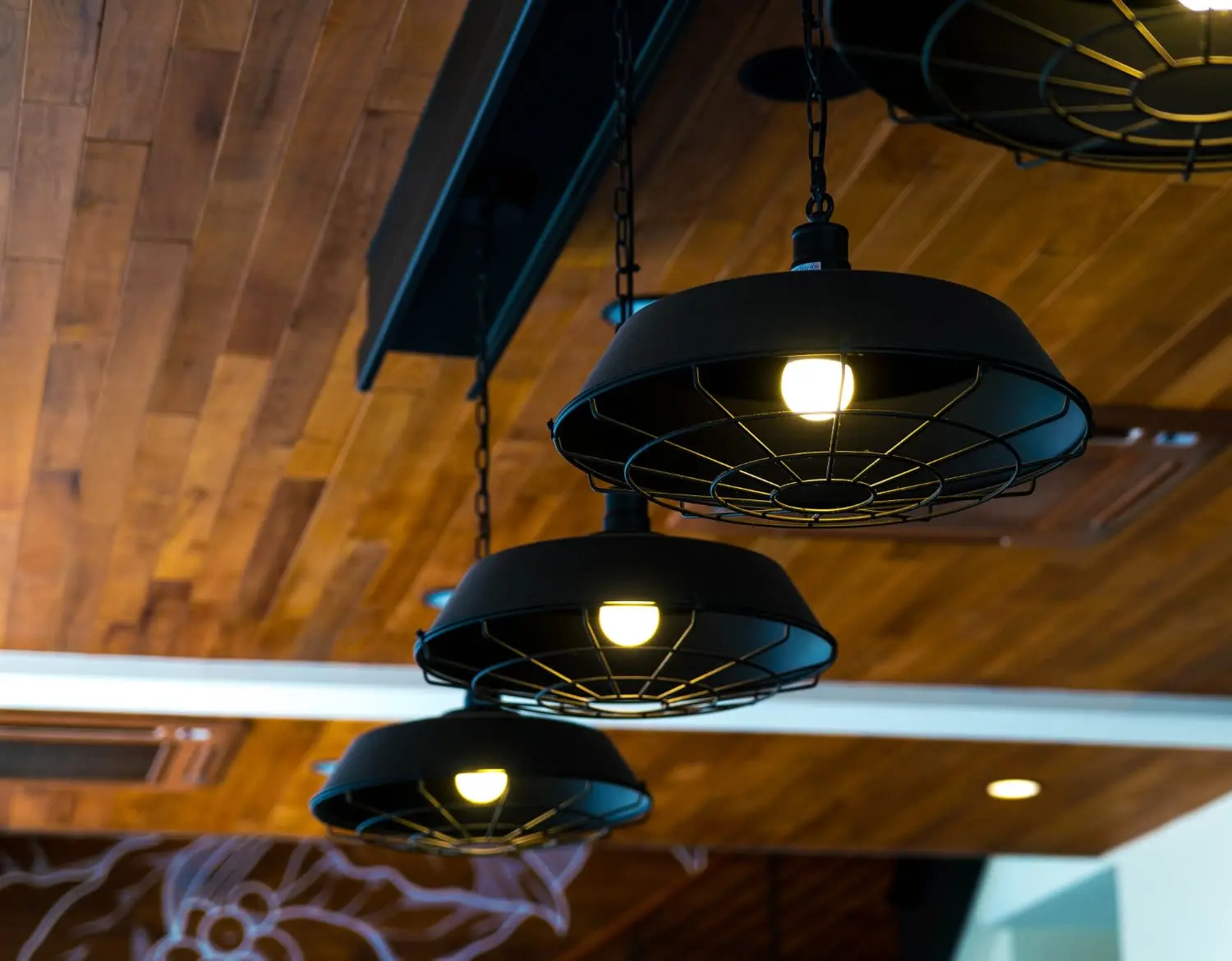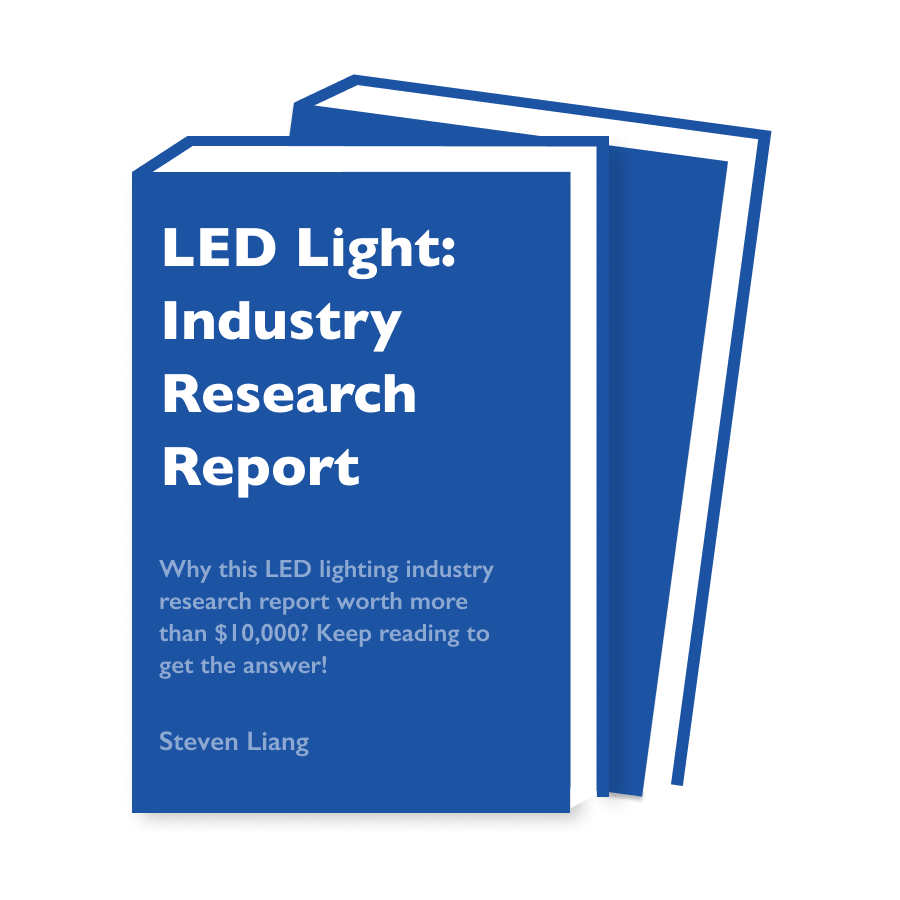Office lighting often needs to be bright enough for people to work efficiently yet comfortable enough for them to remain productive. But how do you figure out how many lumens are needed to get that perfect balance?
Generally, a good range is between 500 and 2,000 lumens per square meter in office spaces. This range will still vary depending on a few different factors.
Keep reading to learn more about how to determine how many lumens you need for office lighting so you can create a workspace that’s both comfortable and conducive to productivity.
Lighting Up Productivity: The Lumens Factor in Office Spaces
Lumens, essentially, are the game-changers of office lighting. They measure the brightness a light bulb emits, playing a pivotal role in transforming any workspace from merely functional to truly productive and inviting.
The right lumen count does more than illuminate; it enhances workplace efficiency. Adequate brightness sharpens focus, reduces eye strain, and minimizes errors, directly impacting productivity. It’s not just about seeing clearly; it’s about working smarter.
But it’s not all work and no play. The lumens you choose affect the vibe of your office. They can create a warm, welcoming atmosphere that boosts morale and reflects your company’s culture, making employees feel right at home.
Consider the space. The size and layout of your office dictate the lumens needed to light it up effectively. Too little, and you’re squinting at your screen; too much, and you’re in the spotlight.
Efficiency is key. Opting for the right lumen output isn’t just good for visibility; it’s smart for your bills. Energy-efficient lighting cuts costs, proving that what’s good for the planet is great for your pocket, too.
In the quest for the perfect office lighting, lumens lead the way. They’re the unsung heroes that can elevate productivity, enhance well-being, and even save you some green. Choose wisely, and watch your workspace—and your workforce—shine.
Determine the Size of the Office Space
Lumens measure the amount of light output, and the right level of light can help to improve productivity and create a more comfortable work environment.
To determine how many lumens you need for your office space, you have to start by measuring the square footage of the area. Ideally, you should calculate 40 to 50 lumens per square foot, depending on how much natural light is present.
For instance, if you have a 12 feet x 15 feet office space, that amounts to 180 square feet. This means you’ll need at least 7200 lumens for good lighting in the area. If your office has plenty of natural light, then you can cut it back by about 10%.

Consider Task Lighting Needs
Different tasks require different levels of lighting. Considering an average-sized office area of 160 square feet, below are some examples of how many lumens are required for some of the most typical office tasks.
| OFFICE TASK | LUMENS REQUIRED |
|---|---|
| Reading or writing | 1000 to 3000 lumens |
| Filing or sorting paperwork | 2000 to 4000 lumens |
| Viewing a computer screen | 1000 to 3000 lumens |
| Working with small objects | 2000 to 3000 lumens |
| Meetings and conferences | 3000 to 4000 lumens |
Take Into Account the Type of Lamps
Don’t forget to consider the type of lamp when it comes to determining how many lumens for office lighting. Here, you have a few options to choose from. Let’s go over them one by one.
Incandescent
Incandescent lamps emit a warm, yellowish light and are energy efficient compared to other types. Depending on how much light output you need, they can range from 40 to 1500 lumens per watt.

LEDs
These are becoming increasingly popular in offices due to their long lifespan and high energy efficiency. LEDs come in various wattages and lumen outputs, ranging from 250 lumens per watt up to 5000 lumens per watt or higher.

Halogen
Halogen lamps are a good choice for task lighting since they have a higher light output than incandescent lamps and are more energy efficient. The light output of halogen lamps ranges from 500 to 2000 lumens per watt, depending on how much light you need in the office.

Filament
Filament lamps are a new type of lamp that combines the energy efficiency and long lifespan of LEDs with the warm, yellowish light of incandescent. Filament lamps have an output of up to 2500 lumens per watt.

High-Intensity Discharge (HID)
Finally, you have HID lamps. These are a good choice for office lighting that requires high light output as they can emit up to 10,000 lumens per watt. They are also very energy-efficient and long-lasting.

Think About Ambient Light Sources
Before deciding how many lumens you need for your office lighting, take into account how much ambient light is already present in the room. These sources of light contribute to how bright or dim the space is and how many lumens you should use in the space.
Natural Light
The most common source of ambient light is natural light. Natural light can come from windows, skylights, or other openings in the building. Natural light can provide enough illumination for many tasks and save you considerable energy costs. If your office has plenty of natural light during the day, you can reduce the number of lumens required for artificial lighting by 10%.
Artificial Light
Another source of ambient light that you should consider is artificial light from other sources, such as overhead lights, wall sconces, and ceiling fixtures. This could also be reflected or bounced light coming from the walls, furniture, and other surfaces in the office space.
The number of lumens you need for effective office lighting will be reduced if there is already plenty of ambient light in the room.

Select High-Quality Fixtures
High-quality LED lighting fixtures are also essential for achieving the right light levels in your office. Here are a few key factors to take into account to ensure you’re buying the best fixtures for your office:
Color Rendering Index (CRI)
A good color rendering index (CRI) helps to ensure that colors appear how they should, making it easier for you and your employees to work comfortably.
Beam Angle
When selecting LED fixtures, make sure to consider how wide the beam angle is. Choosing an adjustable beam angle allows you to create a more even light distribution throughout your office.
Dimming Capability
If you’re looking for energy savings and flexibility, it’s important to choose lighting fixtures that can be dimmed. Dimming your lights allows you to adjust how much light is needed in certain areas, while also conserving energy.
Brightness
Lastly, make sure to pick fixtures that provide the right amount of lumens for how you want your office space to look and feel. This is key in getting the desired brightness levels while balancing both form and function.
At Vorlane, we offer lights that have undergone multiple tests under harsh conditions to guarantee the quality and function of each fixtures. Product parts are produced in our factory, from development to assembly and quality inspection. Contact us today to know more about our high-quality lighting fixtures.

Consider Adjustable Light Levels
Now that you’ve established how many lumens are necessary for the office lighting, it’s time to think about how adjustable those light levels should be. Do you want employees to have control over how much light they get? If so, then you’ll need lights with dimming capabilities.
Alternatively, if you would prefer all members of the office to have the same light level all the time, then you can simply install lights that cannot be adjusted. Either way, it’s important to think about how this choice will affect productivity and morale in the workspace.

Balance Lumen Output With Efficiency
Finally, balancing lumen output with efficiency is the key to determining how many lumens are needed for office lighting. Here’s how you can do it:
Step#1 Calculate how Many Lights You Need to Cover an Area
As we mentioned previously, the number of lumens you need will rely on the size of the area you’re trying to cover. To guarantee that your office space is well-lit, start by measuring the square footage of the room. Generally speaking, you should plan for 40 to 50 lumens per square foot, though this may change depending on how much natural light is present.
Step #2 Divide Lumen Output by Efficiency
Once you have the total amount of lumens to cover the area, divide that by how efficient your light fixtures are. For example, if your office requires 2,000 lumens and each fixture has an efficiency rating of 70%, then that would mean you need about 2,857 lumens to get the desired output.
Step#3 Adjust for Light Distribution
Now that you know how many lumens each fixture needs, the last step is to adjust accordingly for how the light will be distributed. Once you have an idea of how much light each area should get and how your fixtures will be placed, you can recalculate how many lumens you need.
Step#4 Install Fixtures
Finally, you are ready to install your new fixtures, knowing how many lumens for office lighting you need to complete the job. With proper lumens in place, you can make sure that everyone in the office has the right amount of light so they can work and be productive all day long.

Conclusion
Determining how many lumens you need for office lighting is not as complicated as it may seem. With the right tools and a little bit of knowledge, you can easily create the perfect lighting environment in an office.
At Vorlane, we have the expertise to help you get the best lighting solution for your business. We understand how important it is to have a space that allows employees to work comfortably and efficiently. Contact us today for more information on how we can help make your office bright, efficient, and productive!

